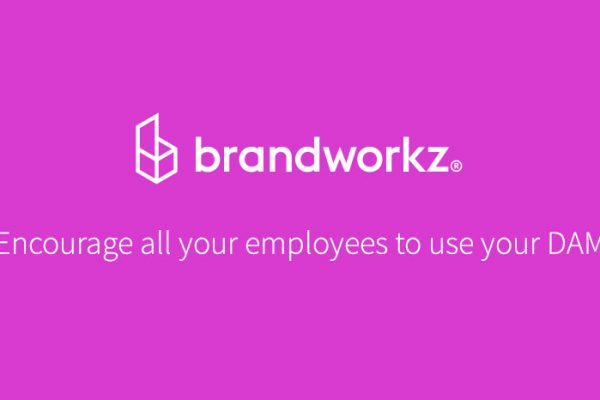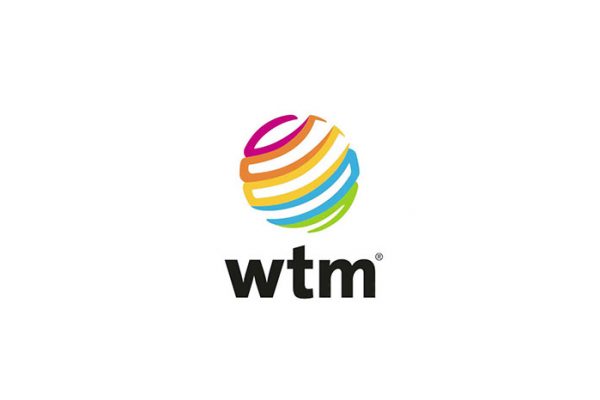More and more marketers are embracing the digital asset management (DAM) principle – and that’s hardly surprising when you consider the multiplicity of activity enfolded within today’s marketing role.
Teams, processes, channels, data, products and content, plus all the pieces of the puzzle necessary to create great content – all this falls within the marketer’s remit. Added to that is the burgeoning number of digital media channels which, in turn, demands a much higher volume of marketing content.
So how does good digital asset management software coalesce this complexity into a workable and comprehensive whole?
By aiding marketers in three highly business critical areas:
1. Strategic improvements and revenue growth
A DAM software system centralises your marketing materials, content, brand assets, guidelines and anything else associated with building and marketing your brand. And that gives you more consistent, on-brand verbal and visual communication externally – because everyone responsible for building your brand always has the most accurate and up-to-date materials to hand. This, in turn, enhances a consistent and robust brand image – which ultimately leads to increased sales revenue.
When marketers share marketing materials or campaigns through the DAM system, a higher reuse of assets results. Remote employees always have access to current materials, so there is a marked reduction in production of duplicate content. Central storage of tool kits, how-to videos and templates can also help you get to market more quickly by accelerating sales and partner ability to create and approve marketing artwork.
Improved marketing efficiency and higher employee productivity naturally generates a boost to revenue. That’s because marketing teams no longer need to spend time on manual admin, such as asset searching and distribution. Now they can focus on the strategic tasks.
2. Cutting the costs
With the increase in channels and touch points comes the need to create multiple iterations of the same piece of marketing content – thus needing those inevitable small changes to individual pieces of content.
DAM software enables faster creation, storage, search and distribution of marketing artwork and content. Self-service design templates for stationery, flyers, posters, banner ads and other items cut internal admin, design and production costs. There are also fewer errors typically associated with the duplication of content – there’s no need for additional print runs and re-use of assets eliminates expensive repeat production.
You will also see a decrease in the purchase of near-identical assets or images and far fewer artworks being unnecessarily re-created in local markets. Print spends can be cut by using a structured system that centralises briefings, workflows and approval – which also avoids costly production re-runs due to oversights in marketing material creation.
The bottom line ROI comes via cost savings in two chief areas: the efficient creation, storage, search and distribution of marketing artwork; and streamlined approval processes that reduce time to market for new artworks and campaigns. A workflow add-on module to a DAM system will even automate the approval process, requiring key users to sign-off material before it goes out live.
3. Protecting your brand’s reputation
Digital asset management avoids the risks and costs of losing brand control, such as the common instance where a business finds itself inadvertently using assets past their licence expiry date – simply because they can’t be disabled.
A good DAM system also minimises the risk of losing assets if your agency or server goes down. And you reduce the risk of leaking sensitive and restricted assets because you can control what individual users can and can’t see in the system.



